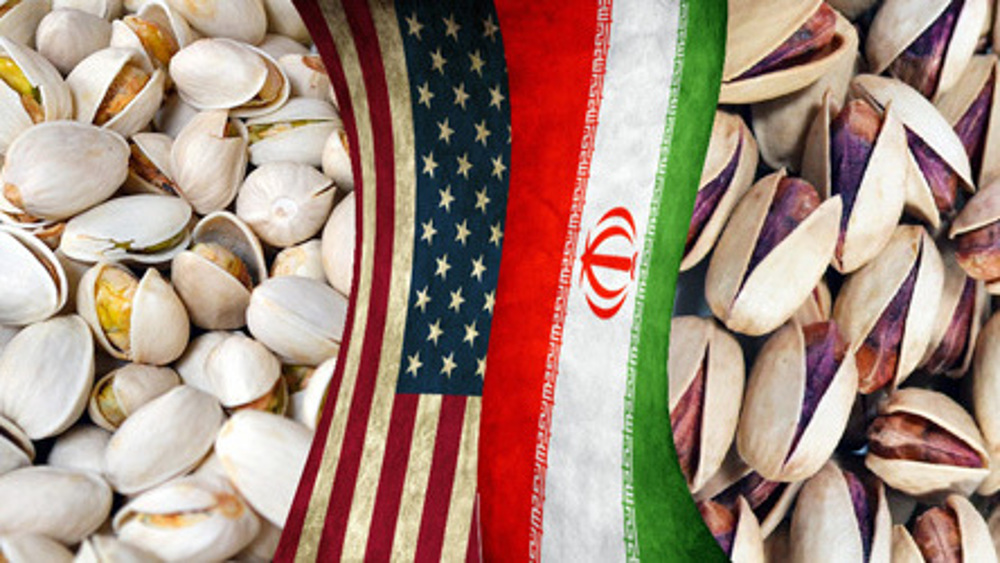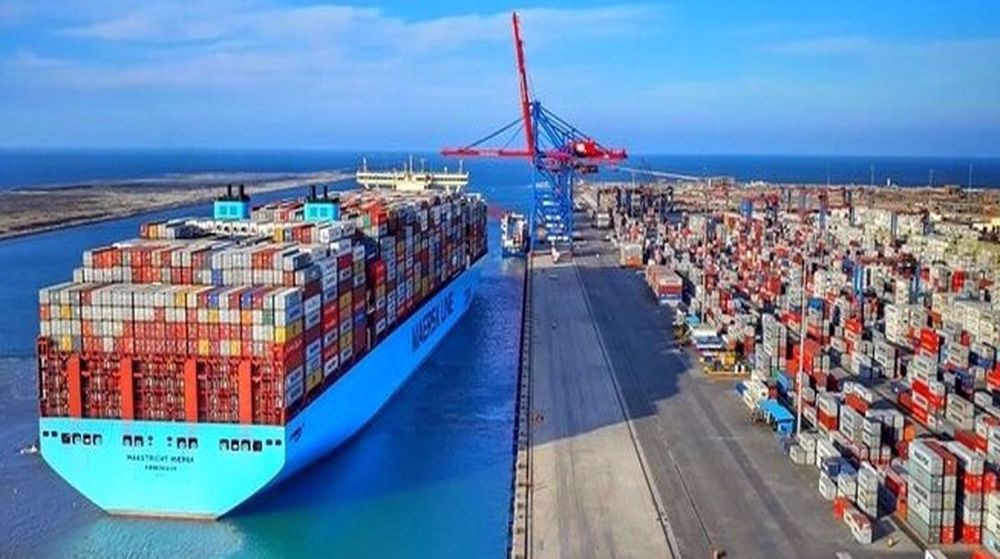Iran’s marvelous wealth of genetic resources
Iran is one of the most exceptional countries for its natural resources, being home to 11 of the climatic regions in the world where at least 40% of the global economy are derived from biological resources.
Covering an area equivalent to the combined surface areas of France, Germany, Spain, and the UK, Iran is a land of diverse geological formations, climates, and soils, being home to ancient civilizations, as well as the origin of many agricultural genetic resources.
Compared to a similarly sized region of Europe, Iran hosts 50 percent more endemic species of vascular plants and vertebrates than France, Germany, Spain, and the United Kingdom combined.
To better understand the uniqueness of Iran’s biodiversity, take gaz, for example, a sweet delicacy widely known as Persian nougat in American and European countries.
The Persian word gaz is associated with gaz-angobīn which translates to “honey of gaz”, in reference to a species of the tamarisk tree that is native to the Zagros mountains to the west of Isfahan.
Gaz is the sap of the tamarisk tree, resulting from transpiration often referred to as the sweating of trees which is combined with flour, bread, pistachios, almonds and chocolate in traditional and industrial workshops and made into nougats.
The gaz tree is only one of the many flora and fauna resources which are found only in Iran. However, recent studies have revealed that the biodiversity of Iran has been significantly underestimated.
In Iran itself, the value of the country’s biological diversity, an astounding God-given bounty, is not duly appreciated where some citizens are found to be burning plants and trees or cutting them for cheap sales such as charcoal.
Increased population and human activity, climate change, drought, desertification, agriculture and poaching also threaten Iran’s biodiversity.
Like its historical treasures and artifacts which can now be found in the museums of France, the United States, the UK, Germany, and the like, some of the unique seeds or cultivars of Iran’s flora and fauna species have either knowingly or unknowingly been shipped out of the country.
Countries with a strong foundation in genomic science often copy Iranian genes or produce new strains or hybrids for re-export.
For instance, the Kerman is the most widely grown variety of pistachios in California's Central Valley, having been bundled out of Iran and introduced to the region some 50 years ago or so. Nearly all commercial production of pistachios in the United States comes from the Kerman.
Biodiversity is a vital network that is the result of millions of thousands of years of evolution, and genetic resources are genetic material of actual or potential value. Genetic material means any material of plant, animal, microbial, or other origin containing functional units of heredity.
Over half the world’s total GDP worth $44 trillion is moderately or highly dependent on nature and its services.
Some important biodiversity-dependent sectors include the pharmaceutical, biotechnology, seed, crop protection, horticulture, cosmetics and personal care, fragrance and flavors botanicals, food and beverage, fashion and tourism industries.
According to international estimates, Iran holds the world’s largest oil and gas reserves combined but their overall value pales in comparison to the country’s genetic resources.
The value of some organisms is very high due to their uniqueness. For example, the Iranian sturgeon fish is one of the most commercially important sturgeon species in the Caspian Sea, whose eggs are commonly harvested to create caviar known as “black gold” and considered a high-end commodity in the culinary industry.
Six species of sturgeon inhabit the Caspian Sea and its tributaries. Iran and the former Soviet Union once exported 300 tonnes a year of sturgeon caught from the sea, but all the species of fish are now in danger of extinction.
The biological diversity of Iran is due to its location at the crossroads of four biogeographical regions of the Euro-Siberian, the Irano-Touranian, the Nubo-Sindian, and the Saharo-Arabian regions.
The variety of landscapes resulting both from this unique intersection of biogeographies and from the physical and evolutionary processes operating across ecosystems and organisms has produced a diverse selection of flora and fauna, including approximately 6,500 vascular plant species and more than 1,000 species of mainland vertebrates.
The north and west of the country, with many unique indigenous species of plants and vertebrates, are part of the Irano-Anatolian Biodiversity Hotspot, one of only 35 such areas recognized on Earth.
To put this in perspective, you may fly over Canada for hours and see only cypress and pine trees and conifers, while if you go to Iran’s northern forests, you will find all kinds of plants, insects, animals, reptiles, grazers and browsers and birds within a radius of one kilometer.
For years, the whole expanse of Iran was frequented by researchers from the US, Europe, Australia and elsewhere. For example, a group of 15 American researchers invited by an Iranian university roamed the Lut desert for days and collected samples that they took out of Iran. Such an errand would never be granted to any Iranian researcher in the countries mentioned.
Although biodiversity preservation in Iran remains outstanding compared to most of its neighbors, the country has to act quickly and innovatively to protect its flora and fauna species.
The imperative in this instance is due to the political and economic sanctions imposed on Iran that have deprived the country of technologies that could reduce environmental damage and limit its access to innovative conservation methods and ecological education opportunities.
The good news is that Iran has made a significant leap in the field of genetic resources in recent years. The National Center for Genetic and Biological Resources of Iran is currently one of the most successful biobanks in the country and perhaps the region.
It is a type of biorepository to collect, complete, organize, standardize and preserve genetic and biological resources for the development of knowledge, technology and increase the quality of life and health and maintain food security, natural resources and biodiversity of the country.
Jan. 15: ‘Axis of Resistance’ operations against Israeli occupation
VIDEO | US fires: Criticism mounts over govt. failure to respond
VIDEO | Fears, hope in Gaza amid intensified ceasefire efforts
VIDEO | Press TV's news headlines
Hamas: Ceasefire agreement result of steadfastness, resistance in Gaza over 15 months
Hamas thanks Iran, Resistance Front following achievement of ceasefire in Gaza
'Capitulation': Israeli officials and media concede Gaza defeat as truce unfolds
'Gaza has won': Social media users react to ceasefire with mix of relief, joy












 This makes it easy to access the Press TV website
This makes it easy to access the Press TV website